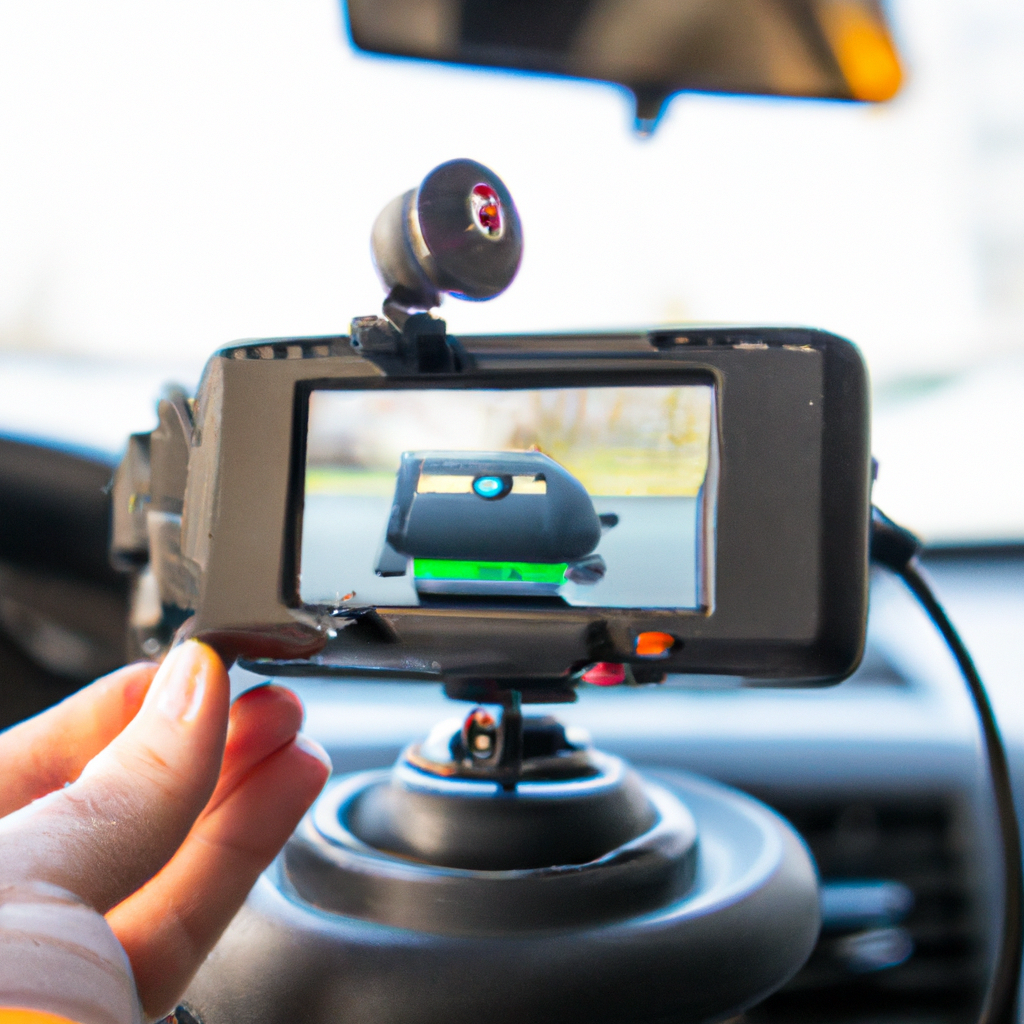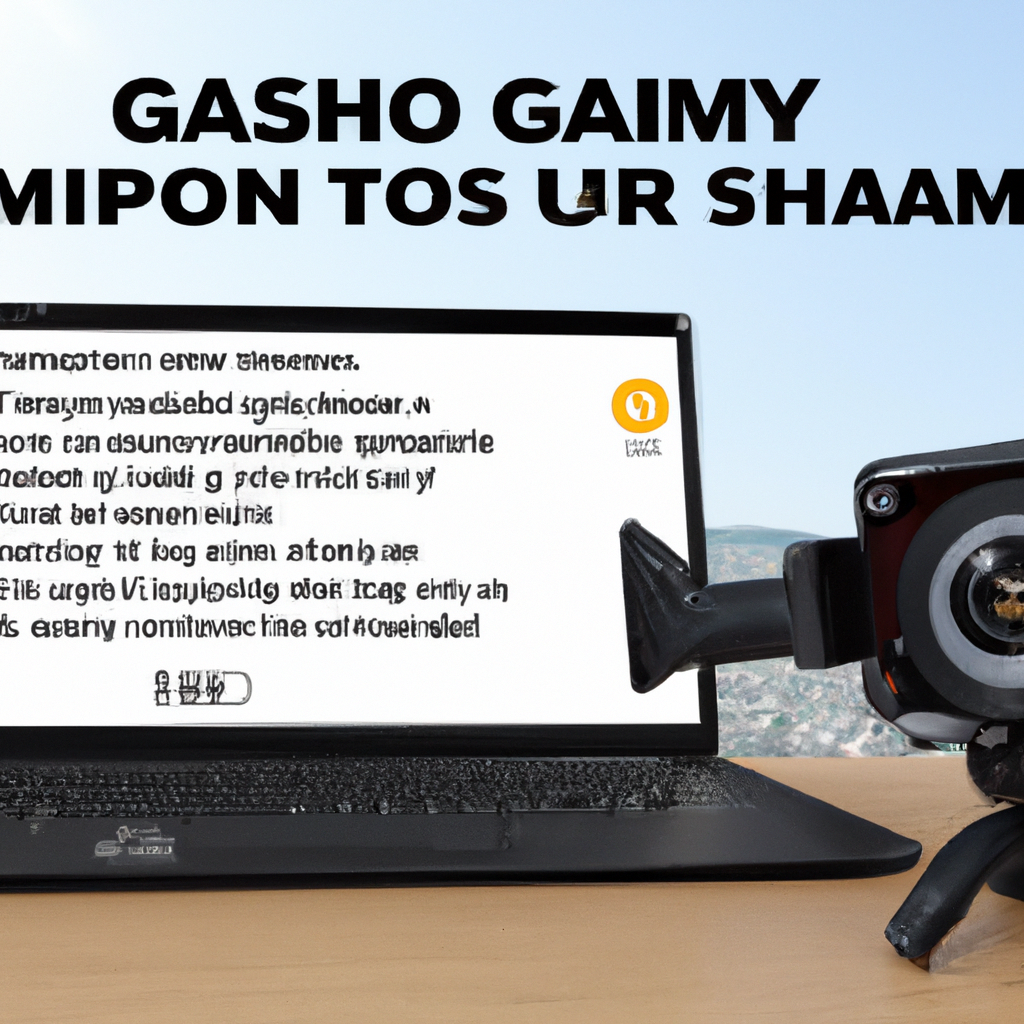-
Table of Contents
“Get back on the road with confidence – Troubleshoot your dashcam issues today!”
Introduction
Dashcams are becoming increasingly popular as a way to record your daily drives and provide evidence in the event of an accident. However, like any electronic device, dashcams can experience issues from time to time. In this guide, we will discuss some of the most common dashcam issues and how to troubleshoot them. We will cover topics such as power issues, video quality, and connectivity. With the help of this guide, you should be able to identify and resolve any issues you may be having with your dashcam.
How to Identify and Resolve Dashcam Power Issues
Dashcams are a great way to record your driving experiences and provide evidence in the event of an accident. However, power issues can arise with dashcams, which can be frustrating and difficult to resolve. This article will provide an overview of how to identify and resolve dashcam power issues.
Identifying Power Issues
The first step in resolving power issues with your dashcam is to identify the source of the problem. Common power issues include the dashcam not turning on, not recording, or not staying on for long periods of time.
If the dashcam is not turning on, check the power source. Make sure the power cable is securely connected to the dashcam and the power source. If the power cable is connected properly, check the fuse in the power cable. If the fuse is blown, replace it with a new one.
If the dashcam is not recording, check the memory card. Make sure the memory card is properly inserted into the dashcam and that it has enough storage space. If the memory card is full, delete some of the existing recordings to make room for new ones.
If the dashcam is not staying on for long periods of time, check the battery. Make sure the battery is fully charged and that the battery life is not too low. If the battery is low, charge it for a few hours before using the dashcam again.
Resolving Power Issues
Once you have identified the source of the power issue, you can begin to resolve it. If the power cable is not securely connected, make sure it is plugged in properly. If the fuse is blown, replace it with a new one. If the memory card is full, delete some of the existing recordings to make room for new ones. If the battery is low, charge it for a few hours before using the dashcam again.
If the power issue persists, it may be due to a faulty power cable or battery. If this is the case, you should replace the power cable or battery with a new one. If the power issue is still not resolved, contact the manufacturer for further assistance.
Conclusion
Power issues with dashcams can be frustrating and difficult to resolve. However, by following the steps outlined in this article, you can identify and resolve power issues with your dashcam. Make sure the power cable is securely connected, check the fuse and memory card, and charge the battery if necessary. If the power issue persists, replace the power cable or battery and contact the manufacturer for further assistance.
How to Troubleshoot Dashcam Video Quality Issues
Dashcam video quality issues can be frustrating, but there are a few steps you can take to troubleshoot the problem.
1. Check the Dashcam Settings: Make sure the video resolution is set to the highest quality available. If the resolution is set too low, the video quality will suffer. Additionally, check the settings for any other features that may be affecting the video quality, such as night vision or motion detection.
2. Check the Memory Card: Make sure the memory card is compatible with the dashcam and is not full. If the memory card is full, delete some of the older videos to make room for new recordings. Additionally, make sure the memory card is not damaged or corrupted.
3. Check the Lens: Make sure the lens is clean and free of dirt or debris. If the lens is dirty, it can cause the video to be blurry or distorted.
4. Check the Power Source: Make sure the dashcam is receiving a steady power source. If the power source is weak or inconsistent, it can cause the video to be choppy or distorted.
5. Check the Firmware: Make sure the dashcam’s firmware is up to date. Outdated firmware can cause video quality issues.
If none of these steps resolve the issue, contact the manufacturer for further assistance.
How to Diagnose and Fix Dashcam Audio Problems
Dashcam audio problems can be frustrating and difficult to diagnose. Fortunately, there are a few steps you can take to identify and fix the issue.
First, check the audio settings on your dashcam. Make sure the microphone is enabled and the volume is set to an appropriate level. If the settings are correct, try unplugging the dashcam and plugging it back in. This can sometimes reset the audio settings and fix the issue.
If the audio settings are correct and resetting the dashcam does not work, check the microphone itself. Make sure the microphone is securely connected to the dashcam and that there is no dirt or debris blocking the microphone. If the microphone is damaged, you may need to replace it.
If the microphone is in good condition, check the audio cable. Make sure the cable is securely connected to the dashcam and that there is no damage to the cable. If the cable is damaged, you may need to replace it.
Finally, if all of the above steps fail, you may need to update the firmware on your dashcam. Firmware updates can fix a variety of audio issues. Check the manufacturer’s website for instructions on how to update the firmware.
By following these steps, you should be able to diagnose and fix most dashcam audio problems. If you are still having issues, contact the manufacturer for further assistance.
How to Resolve Dashcam Memory Card Issues
Dashcam memory cards are an essential component of any dashcam system, as they are responsible for storing the footage captured by the camera. Unfortunately, memory card issues can arise from time to time, leading to lost footage or other problems. Fortunately, there are a few steps you can take to resolve these issues and ensure your dashcam is functioning properly.
The first step is to check the memory card for any physical damage. If the card is cracked, scratched, or otherwise damaged, it may be causing the issue. If this is the case, you should replace the card with a new one.
The next step is to check the memory card for any errors. This can be done by connecting the card to a computer and running a disk check. If any errors are found, they should be fixed before the card is used again.
The third step is to format the memory card. This will erase all of the data on the card, so make sure to back up any important footage before formatting. Once the card is formatted, it should be ready to use again.
Finally, if the issue persists, you may need to replace the memory card. Make sure to purchase a card that is compatible with your dashcam system.
By following these steps, you should be able to resolve any memory card issues you may be experiencing with your dashcam. If the issue persists, you may need to contact the manufacturer for further assistance.
How to Troubleshoot Dashcam Installation Problems
Dashcams are a great way to keep an eye on your vehicle while you’re away. However, installation can be tricky and sometimes problems can arise. If you’re having trouble installing your dashcam, here are some tips to help you troubleshoot the issue.
1. Check the power source. Make sure the power source you’re using is compatible with your dashcam. If you’re using a cigarette lighter adapter, make sure it’s the correct voltage and amperage for your dashcam.
2. Check the wiring. Make sure all the wires are securely connected and that there are no loose connections. If you’re using a hardwired installation, make sure the wiring is properly routed and that the connections are secure.
3. Check the mounting. Make sure the mounting bracket is securely attached to the windshield and that the dashcam is properly secured to the bracket.
4. Check the settings. Make sure the settings on your dashcam are correct. This includes the recording resolution, frame rate, and other settings.
5. Check the memory card. Make sure the memory card is properly inserted and that it has enough space for the recordings.
If you’ve followed these steps and you’re still having trouble, contact the manufacturer for further assistance. They should be able to help you troubleshoot the issue and get your dashcam up and running.
Thanks for visiting Dashcam Installation Australia.
For more information visit local authories sites to know your rights.




